WiFi 5 vs WiFi 6: Comprehensive Guide to Wireless Standards
Table of content
Introduction:
Shifting towards a new WiFi router is a tough task when there are multiple options for you. The present landscape of WiFi technology has WiFi standards like WiFi 6, WiFi 6E, and WiFi 5. How do you know which when is the best for you? Is WiFi 5 still sufficient and efficient for you? In this blog, we will try to address these questions. Additionally, we will explore key differences WiFi 5 vs WiFi 6 to let you learn which one is a perfect for you. Plus, we have mentioned some reasons to shift towards WiFi 6 (802.11ax).
Defining WiFi 5 vs WiFi 6:
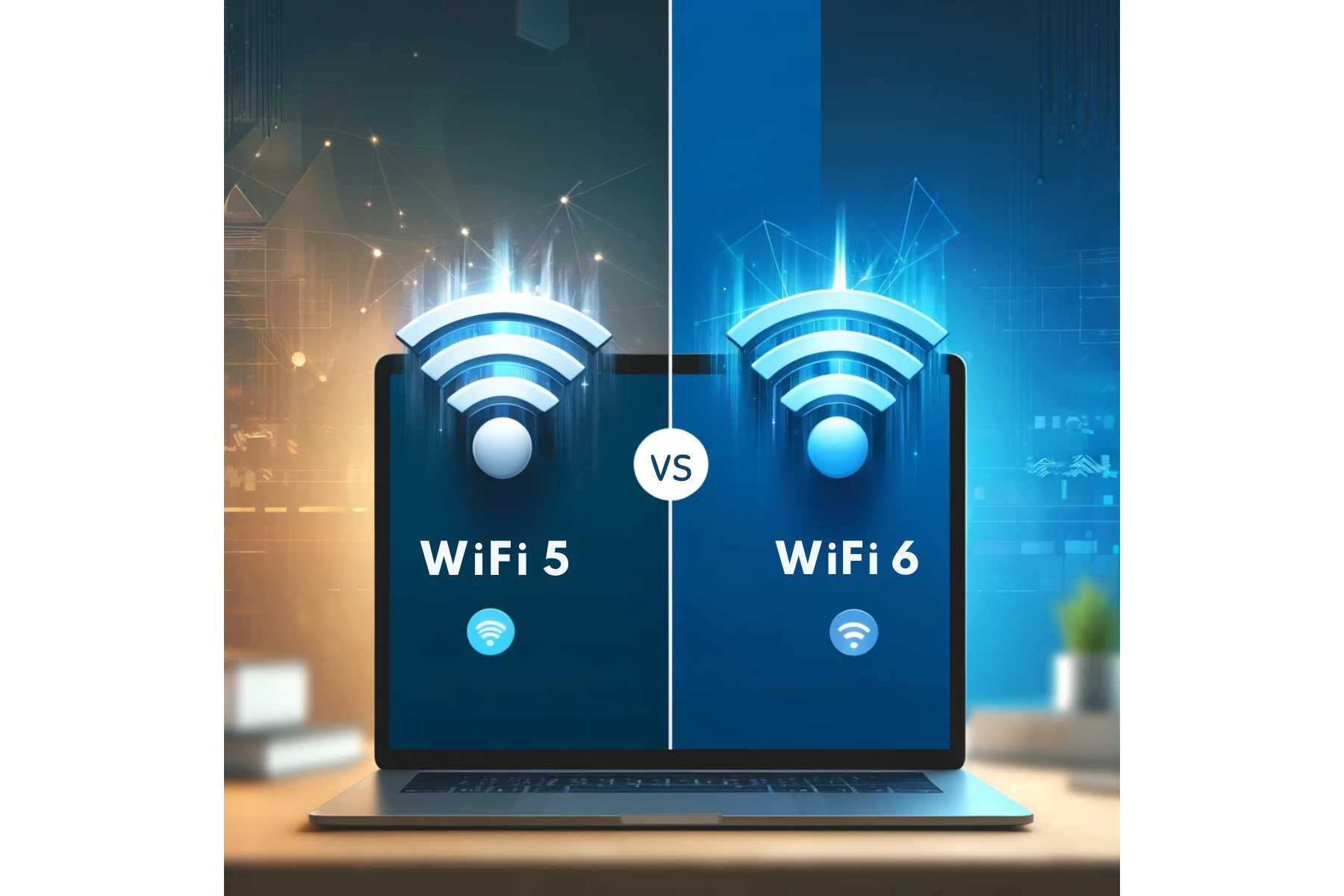
WiFi 5:
Also referred to as 802.11ac, WiFi 5 is the fifth generation of wireless technology and comes before WiFi 6. The 802.11a standard was updated with WiFi 5, which dominated the market in the 2010s. Since 802.11ac was the first WiFi standard to have a maximum data throughput greater than 1 Gbps, it was also known as Gigabit WiFi before WiFi 5.
WiFi 5 inherited numerous features from WiFi 2 (such as operating on a 5 GHz band and supporting orthogonal frequency-division multiplexing, or OFDM). These functions were changed by WiFi 5 into features like improved video streaming and file backups that may help and support networks and network technology at the time.
WiFi 6:
Also referred to as 802.11ax, WiFi 6 is the most recent version of the WiFi standard. It aims to enhance network efficiency, maximum data rates, and wired network infrastructure. WiFi 6 promises a significant change in the networking industry with novel new features that may make WiFi 6 fundamentally different from earlier generations. The debate between WiFi 6 and WiFi 5 covers the features and similarities of both standards, including multiuser multiple input, multiple output (MU-MIMO) and goals for maximum data rates and frequencies. However, WiFi 6 is more likely to meet shared speed and frequency goals because of its increased capacity to support more clients and devices concurrently, among other things.
4 Worth-Knowing Differences WiFi 5 vs WiFi 6:
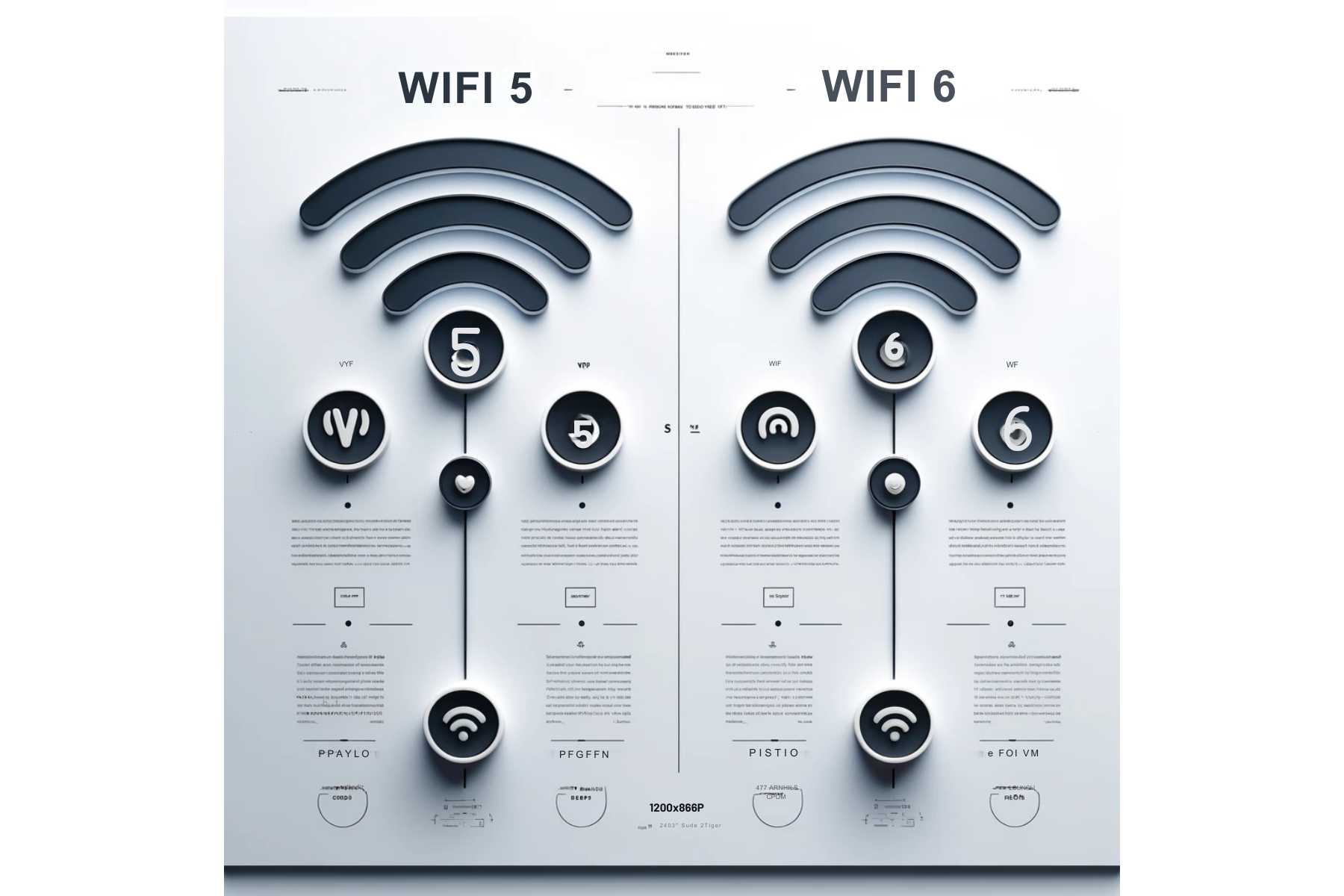
The most fundamental differences between WiFi 5 and WiFi 6 lies in their speed and range. WiFi 6 support faster data up to 9.6 Gbps whereas WiFi supports only 3.5 Gbps. In addition, WiFi 6 is capable of covering greater distances and can range up to 45. At the same time, WiFi has a lower range that is only WiFi 5 20-25 meters.
- Frequency Band
WiFi 5 mainly uses the 5GHz band, which has the benefit of less interference, for signal transmission. There is a disadvantage to this, too, in that the signal is impeded by physical barriers. While WiFi 6 uses both the 2.4GHz and 5GHz bands to send data. Intelligent frequency scanning and switching is possible for devices.
- Lateness
WiFi 6 is superior to WiFi 5 in Latency. WiFi 6 speeds up data packet transit between devices and the router with enhanced protocols and technologies. For real-time applications like online gaming and video conferencing, this reduced latency is especially helpful since it offers a more responsive and seamless user experience.
- Security
WiFi 6 is better than WiFi 5 regarding security features. WiFi 6 adds WPA3, which fortifies network encryption and guards against potential security flaws, to the already-supported WPA2 (No Follow)* (WiFi Protected Access 2) security.
- Beamforming
Beamforming is a wireless router technology feature that WiFi 5 and WiFi 6 provide. It allows the router to focus and guide the WiFi signal onto connected devices, improving signal strength and overall performance. There is a distinction in the quantity of antennae used. WiFi 6 has a greater number of antennas as compared WiFi 5.
Unparalleled Features of WiFi 6:
BSS Coloring
BSS coloring helps the user manage their WiFi devices efficiently in busy areas. It is a process in which WiFi devices color every signal with a particular color so that receiving devices can recognize where it is coming from. BSS coloring is helpful in areas where a number of devices are connected together on the WiFi router.
Target Wake Time
WiFi 6 has a power-saving feature called Target Wake Time or TWT. It improves the battery life of linked devices such as smartphones, IoT devices, laptops, and more. The AP sets up precise timings for client devices to wake up and send or receive data while using TWT. Devices have the ability to sleep for lengthy periods of time, only waking up exactly at the assigned time slots, as opposed to keeping their radios activated and waiting for data.
WiFi 5 vs WiFi 6: Which is the Best Option?
If you want to improve your online experience and want to get rid of buffering, WiFi 6 is here to help. It is designed to provide you with improved performance and increased capacity of your network. From faster WiFi speeds to reliable internet connectivity, WiFi 6 makes you enjoy buffer-free streaming and quick downloads. Not only this, it enables you to add more smart home or office devices without affecting the speed or performance of your WiFi.
As WiFi 5 isn’t a complete misfit in the present WiFi technology, there are reasons behind choosing WiFi 6. Let us mentioned some reasons which enables you to decided which one is better for you from WiFi 5 vs WiFi 6.
Things To Consider When Choosing WiFi 5 vs WiFi 6:
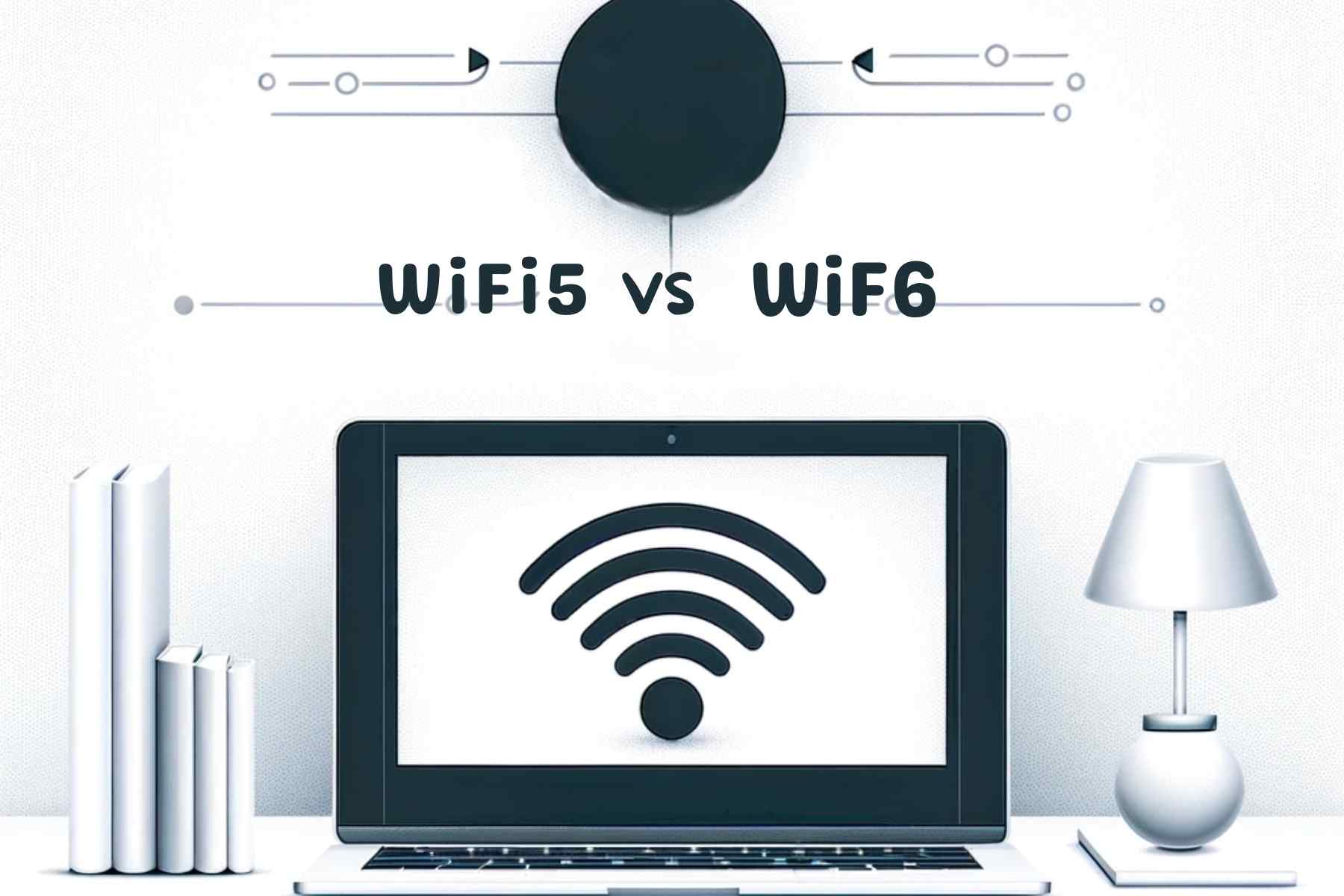
Performance and Speed:
If you are using a Gigabit network, WiFi 6 is the best option for you. The reason is it offers higher data speed and better performance in contrast to WiFi 5.
Compatibility:
WiFi 6 is backward compatible meaning it can work with previous devices. However, your devices must support WiFi 6 standard to get full benefits of WiFi 6. In case you have multiple devices that do not support WiFi 6 standard, WiFi 5 is suitable for you.
Budget:
It is obvious that WiFi 6 routers require more budget because of their advanced features and increased capabilities. Therefore, if your budget is tight and you cannot afford the latest WiFi technology, WiFi 5 routers are still reliable and satisfactory for you.
Future-Proofing:
WiFi 6 will be a better option if you are going to invest your money for a long term. It is compatible with more devices and ensures better performance and connectivity in the future.
Conclusion:
Your online experience cannot reach your expectations without considering the latest WiFi technologies in your network. When it comes to choosing the advanced WiFi standards, WiFi 5 vs WiFi 6 and WiFi 6 vs 6E knocks on your head. Therefore, we have gathered more than enough information highlighting the differences between them. Now, we hope to have provided you with the best possible guide on WiFi 5 vs WiFi 6. In case, your curiosity is still unfulfilled, you can reach out to us any time for further updates.
Frequently Asked Questions:
Is WiFi 6 faster than WiFi 5?
Yes, WiFi is faster than WiFi 5. Whether you have a single device or multiple devices connected together, you should choose WiFi 6 form WiFi 5 vs WiFi 6 for faster speed and better performance.
What are the main differences WiFi 5 and WiFi 6?
Both WiFi standards differ in terms of speed, capacity, and efficiency. WiFi 6 offers notable improvements over WiFi 5, particularly in populated areas.
Is WiFi 5 still relevant?
Of course, if you have multiple devices that do not support WiFi 6 standards, you can use WiFi 5 for them. It provides satisfactory performance and reliable speed, though not better than WiFi 6.




 Catalog
Catalog

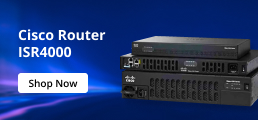











































































































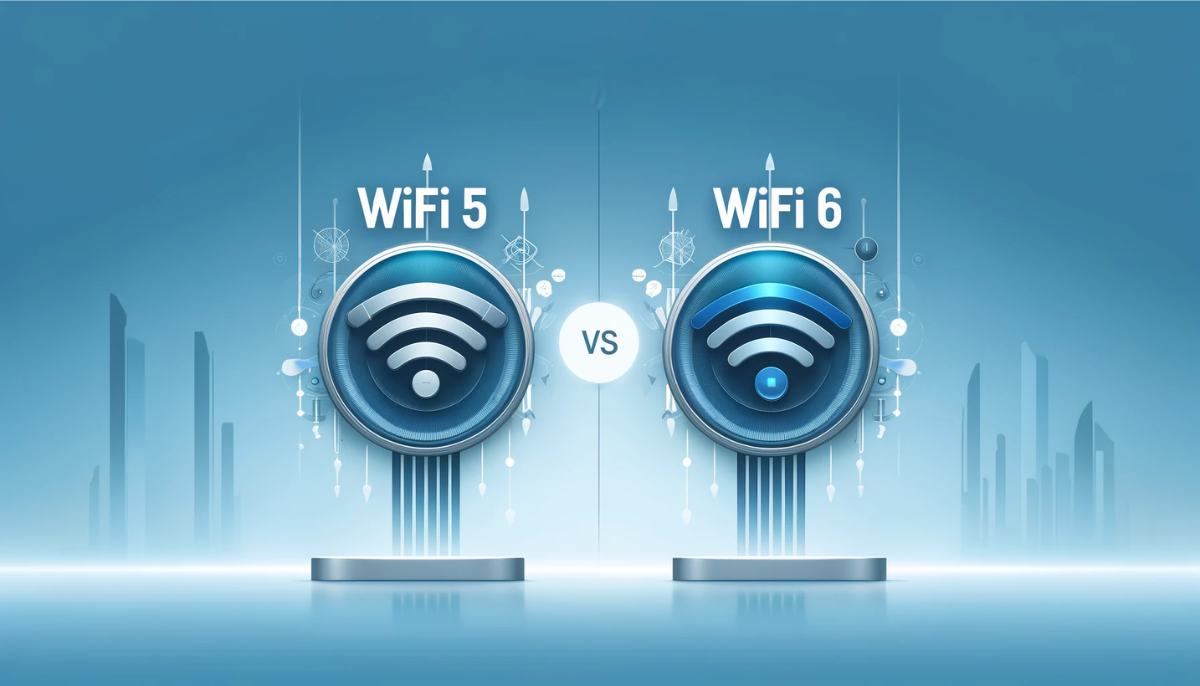
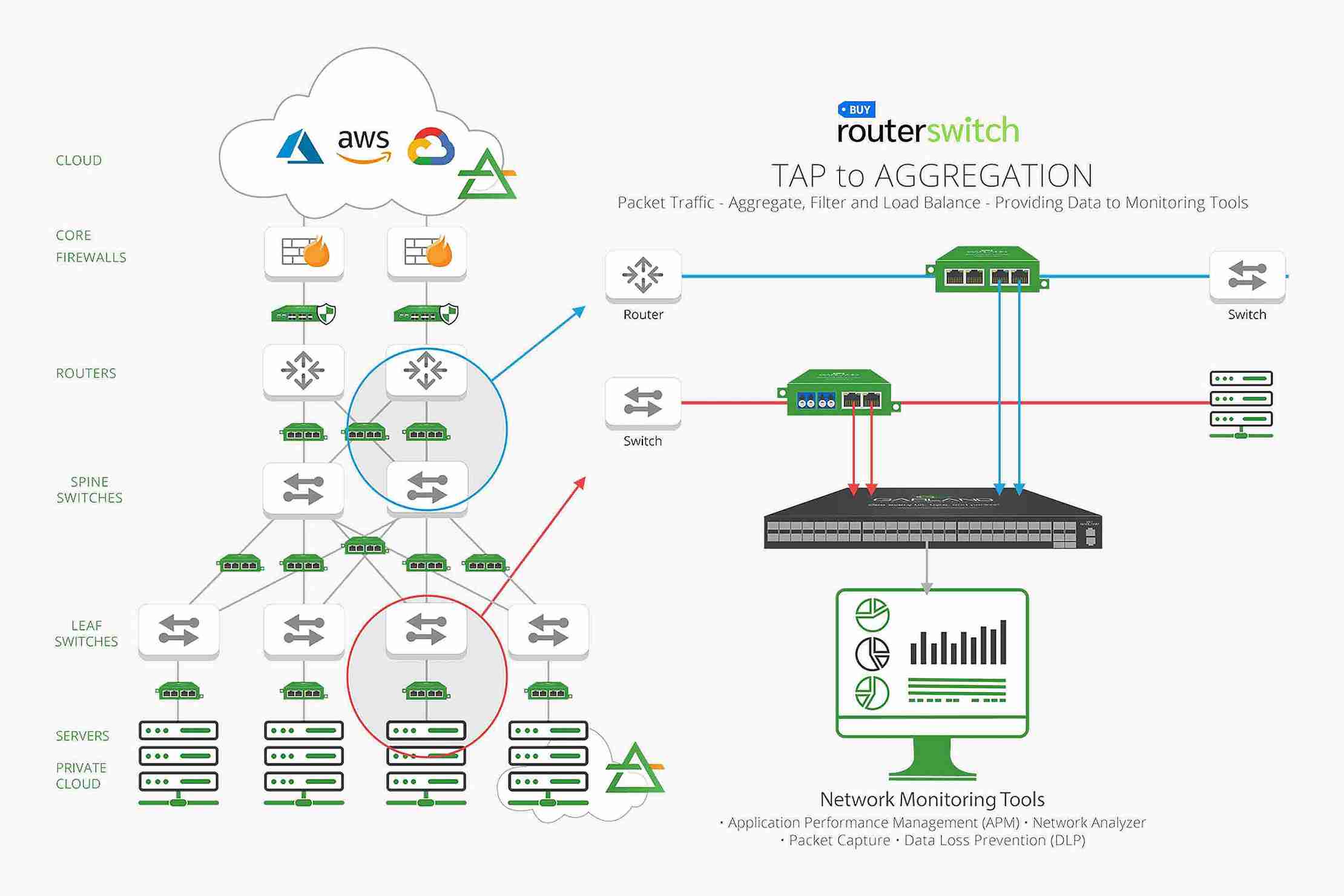






 (800) 870-9487
(800) 870-9487